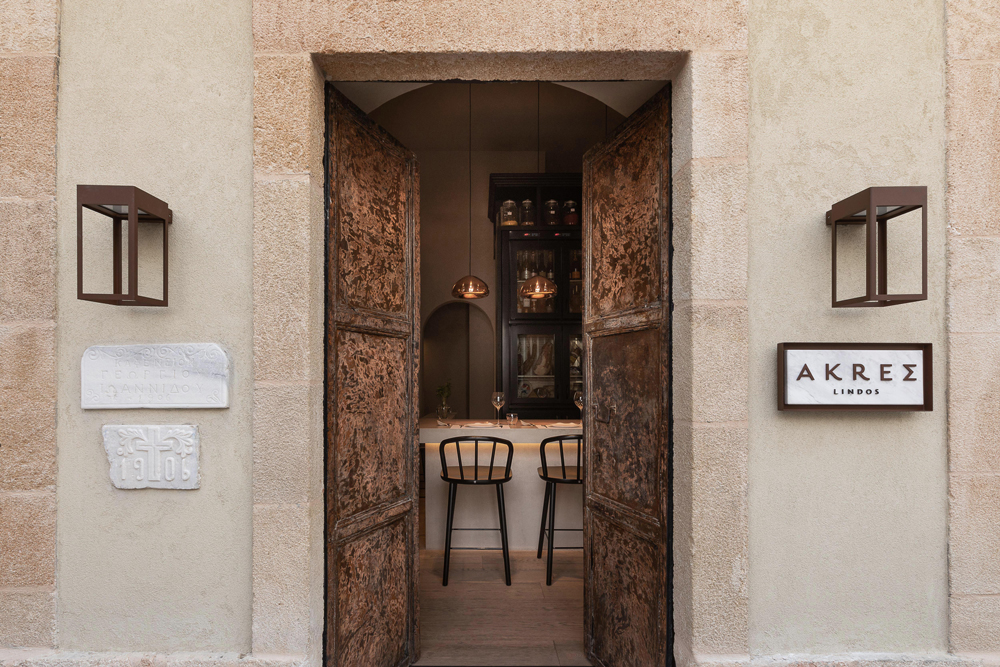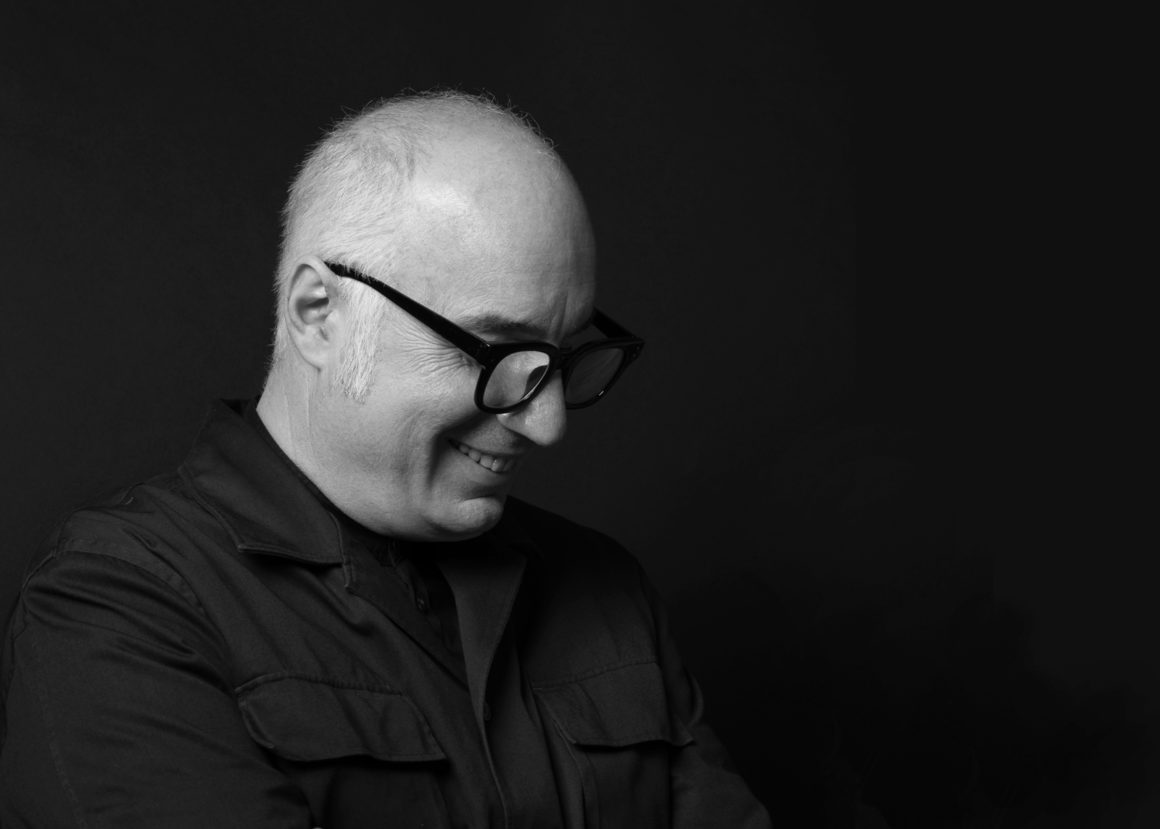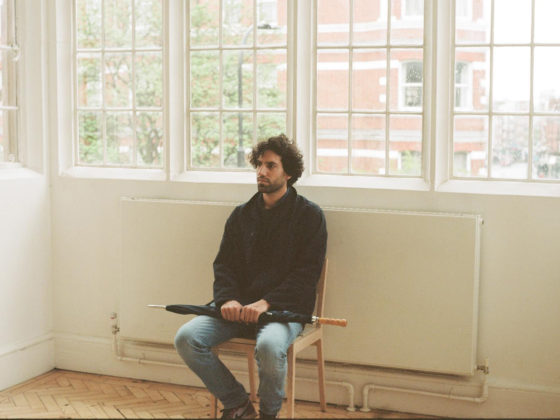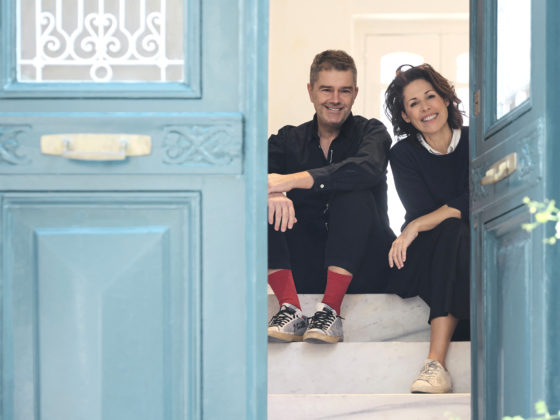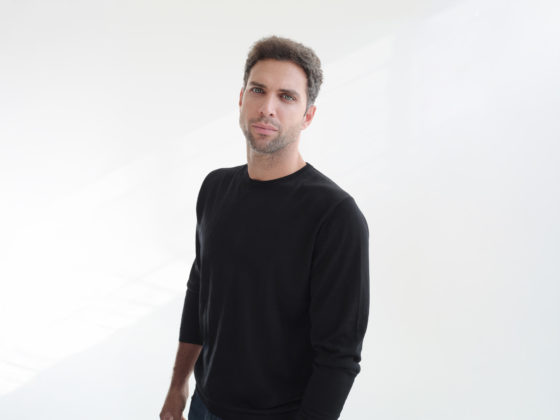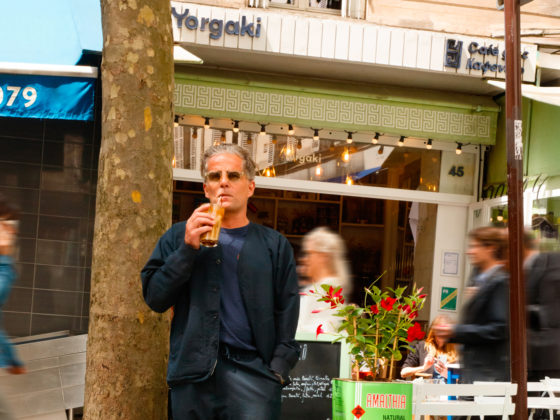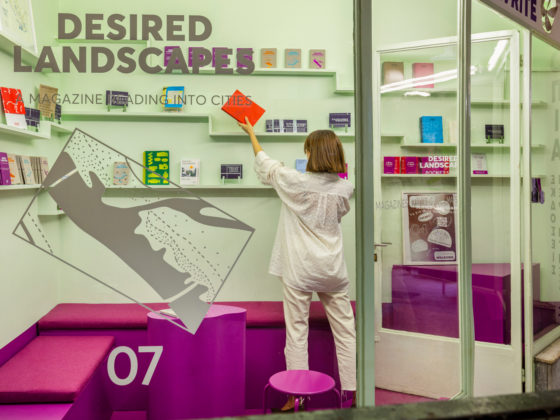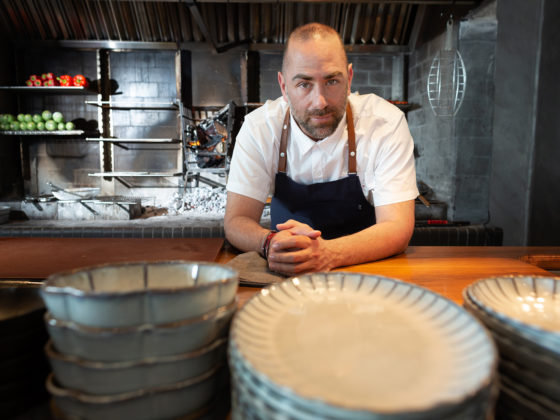Minas Kosmidis Architects, founded in 1994 by Minas Kosmidis, is an internationally acclaimed design firm based in Greece with offices in Athens and Thessaloniki. Instead of adhering to a single design trend, Kosmidis and his team craft unique architectural stories tailored to the distinct needs and aspirations of their clients. Their meticulous attention to detail, combined with a profound understanding of materials, colors and textures, results in evocative spaces that resonate with elegance and modern aesthetics. In this interview, we explore Minas Kosmidis’ philosophy and how his passion for creating evocative spaces has driven the firm’s success.
Can you share your journey into architecture and what motivated you to start your own practice?
I encountered architecture by chance; I did not actively seek it out, but it seemed destined. Through architecture, I discovered my language and means of expression, finding a way to communicate with others and, most importantly, with myself. It serves as both a source of inspiration and a medium for expression, transforming ideas into physical forms and vice versa. After returning from Paris, where I completed my postgraduate studies, and while starting out as a solo practitioner, I realized that creation and design are collaborative endeavors. Consequently, I formed my first architectural team, which has been growing and evolving ever since.
How has your Greek heritage influenced your architectural style and design philosophy?
Initially, the images I absorbed from my childhood in Greece subconsciously shaped my aesthetic and design approach. The materials and symmetry of ancient heritage, the Oriental influences from later years, and the pluralism resulting from the coexistence of these elements—all contribute to the image of modern Greece and serve as references in my design. Now, consciously, I seek inspiration in Greek heritage, focusing on design details, material management, and the crucial role of light.
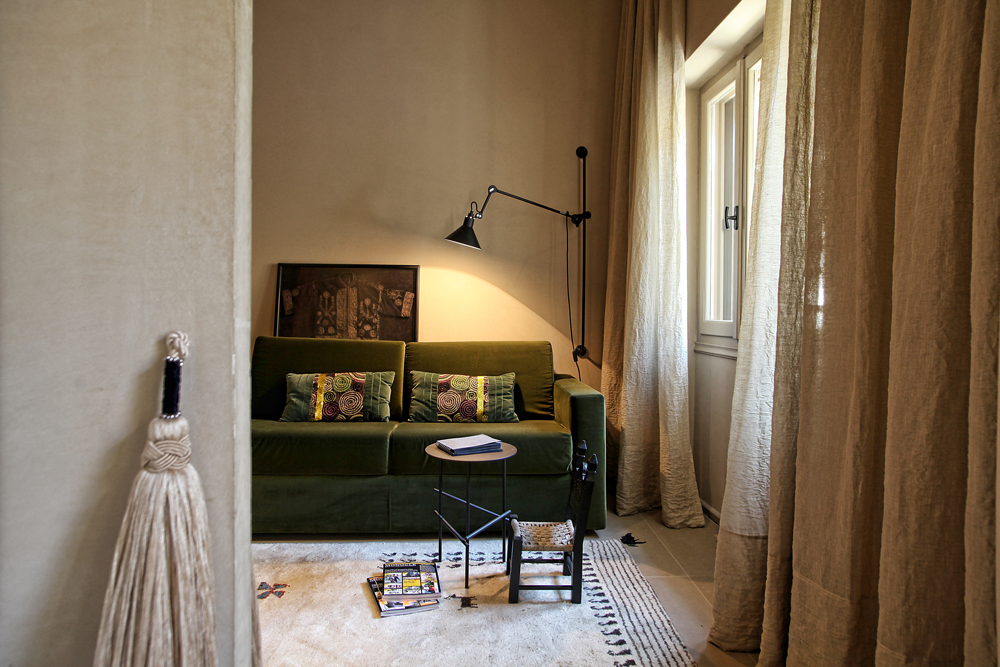
How do you approach the balance between aesthetics and functionality in your designs?
Design must be functional. When it is also aesthetically pleasing, we can call it good design. The creative challenge lies in achieving this balance. We begin with the premise of functionality and then seek ways to introduce aesthetics, aiming to create an appearance that, combined with its practical use, will bring delight.
What is your favorite stage of a project?
I enjoy every stage of the creative process: the blank page, the research, the creative play, and seeing the project completed.
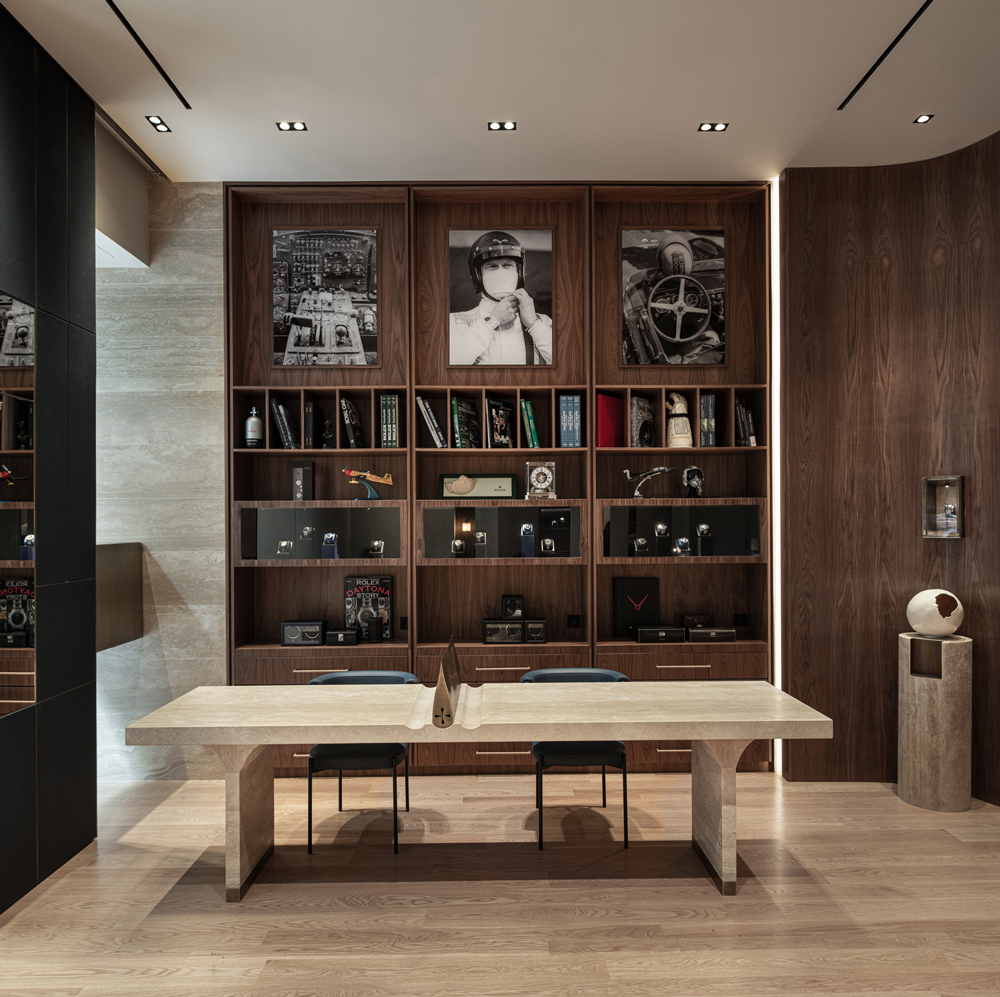
Given the diversity of your projects, from residences in Egypt and Shenzhen to restaurants in Saudi Arabia, how do you adapt your design process to meet the unique demands of each location and client?
Each of our projects can be described as a spatial narrative that emerges from the combination of all the individual elements we gather during our research on the space and its users, whether within Greece or abroad. Every project we undertake internationally exposes us to different cultures, allowing us to learn diverse mentalities and evolve our design approach. It is a challenge to make our design language comprehensible across borders. Our goal is to create a unique experience tailored to each client, ensuring it reflects their personal aura.
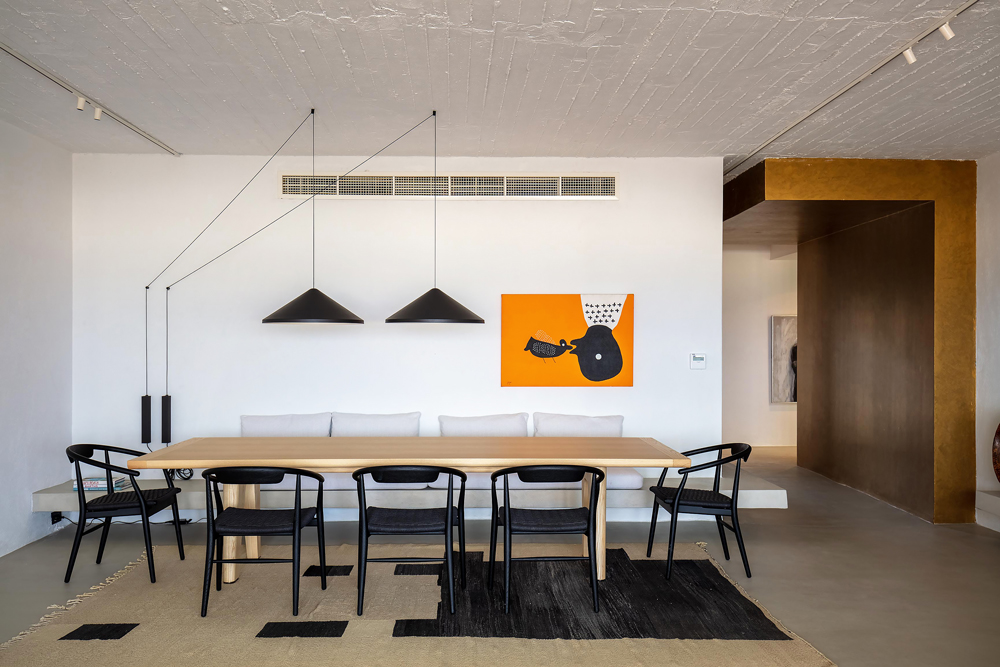
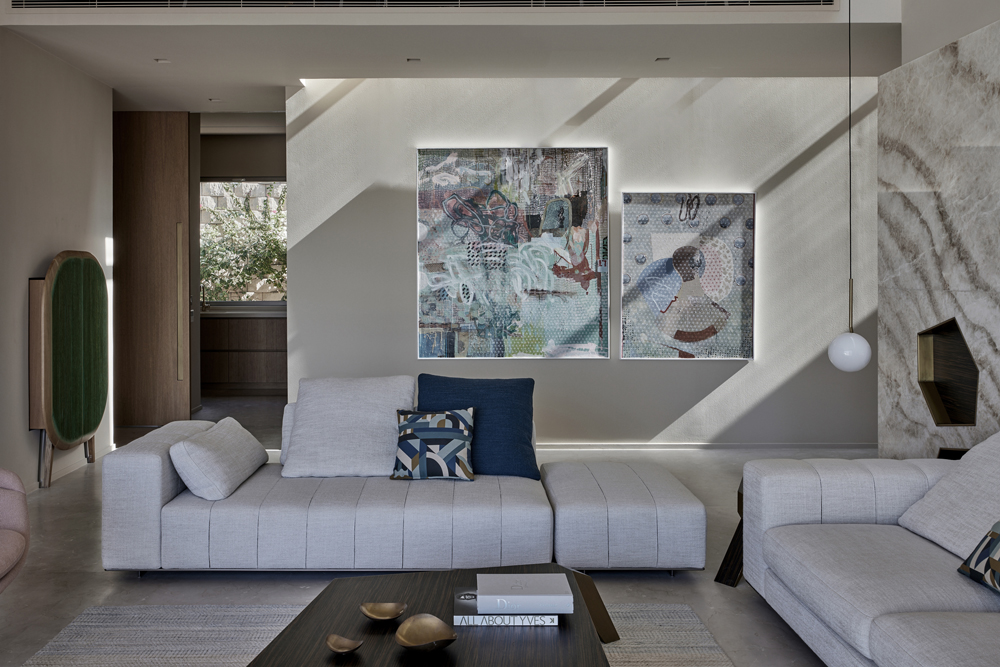
Can you remember the last time you were really impressed by a space?
Recently, in Paris, where Tadao Ando redesigned the Bourse de Commerce–Pinault Collection museum housed in the neoclassical building, formerly a stock exchange, from the 18th century. The sensitivity and dynamism of the design, which converses with the existing building while simultaneously repositioning it in the present, impressed me.
Sustainability is a crucial aspect of modern architecture. How do you integrate sustainable practices into your projects?
Proper orientation, the use of modern energy sources, the incorporation of greenery, and the specification of durable, environmentally friendly materials are all elements of timeless rather than ephemeral design. These are the practices we follow to create sustainable projects.
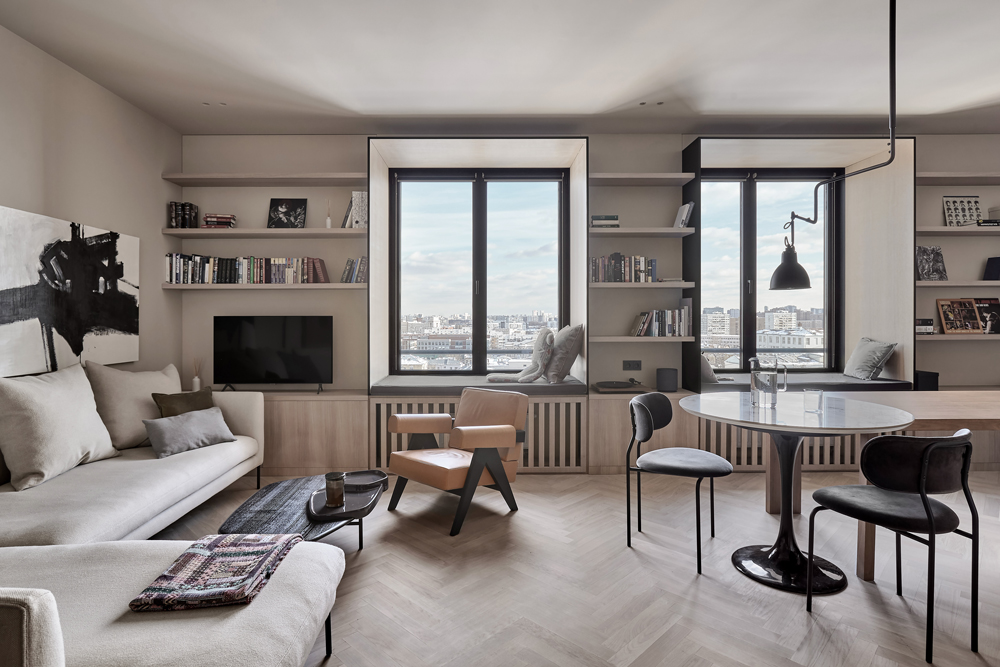
Is there a particular project you feel represents a turning point in your career?
I think the show flat ‘Origins,’ the apartment in Dongguan, China, which we designed in 2016 in collaboration with YuQiang and Partners, is such a project. It was the first time we came into contact with such a different culture, where the product was the result of collaboration with another firm, and it received extensive exposure and publicity. For these reasons, it stands as a milestone project that has defined the way we approach design and has also made us seek out more and more creative collaborations.
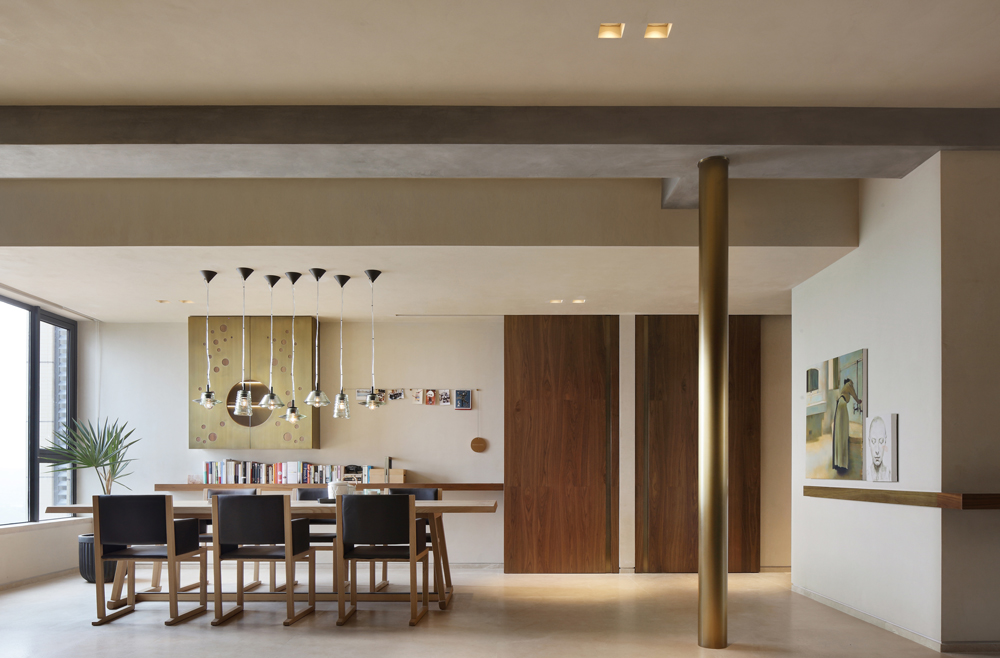
If you could design a building or space for any historical figure or cultural icon, who would it be and why?
‘David Bowie’s residence.’
I am fascinated by the idea of designing for such a controversial personality, where I would try to decode him. Being an artist so creative and ahead of his time, I think he would inspire me to create interesting spaces, full of contrasts, capable of accommodating all aspects of his personality.
What are your thoughts on the future of architecture and design? Are there any emerging trends you find particularly exciting?
I have never supported pompous or vain designs. Architecture should be accessible to people, not the other way around. Projects intended solely to impress do not align with my design philosophy. Every fashion, trend, or movement should serve the specific condition, place, and person. I am frustrated by photogenic spaces that are ultimately dysfunctional. I hope that in the future, a human-centered approach will become dominant in architecture. I advocate for practices focused on sustainability and environmental consciousness, as they better align with the human scale and radically shift prevailing attitudes.
What is your creative routine? Do you have any rituals or habits that help you stay inspired?
I don’t have a specific routine. What keeps me creative is continuous interaction with the world, productive discussions, and absorbing images from performances, exhibitions, etc.
What is the best advice you’ve ever been given?
My father once told me that whatever I do, the key is to always create with passion and to be sure that if something is worth doing, whether small or large, it will be appreciated sooner or later, and in the end, people will say that nothing is accidental.
